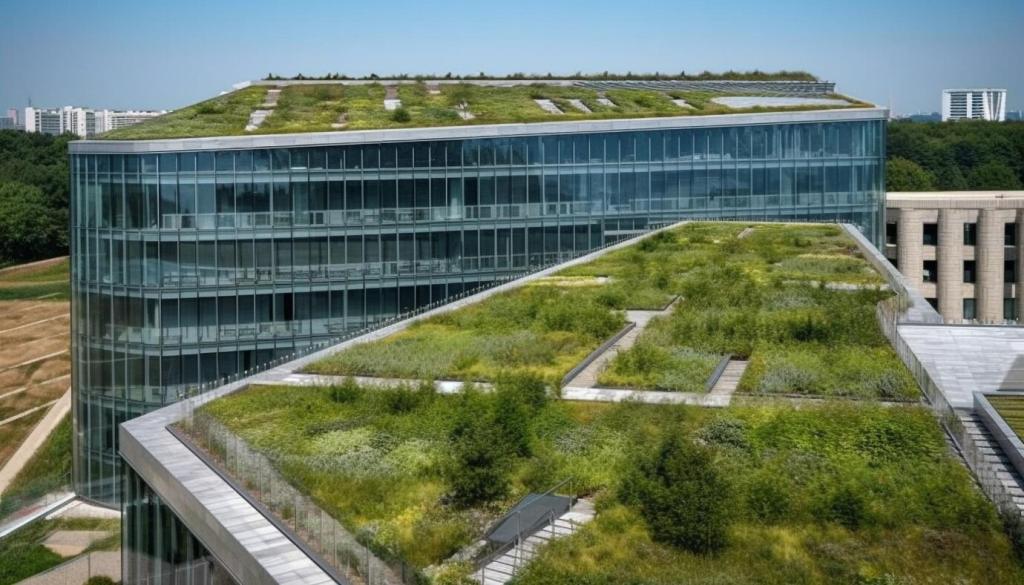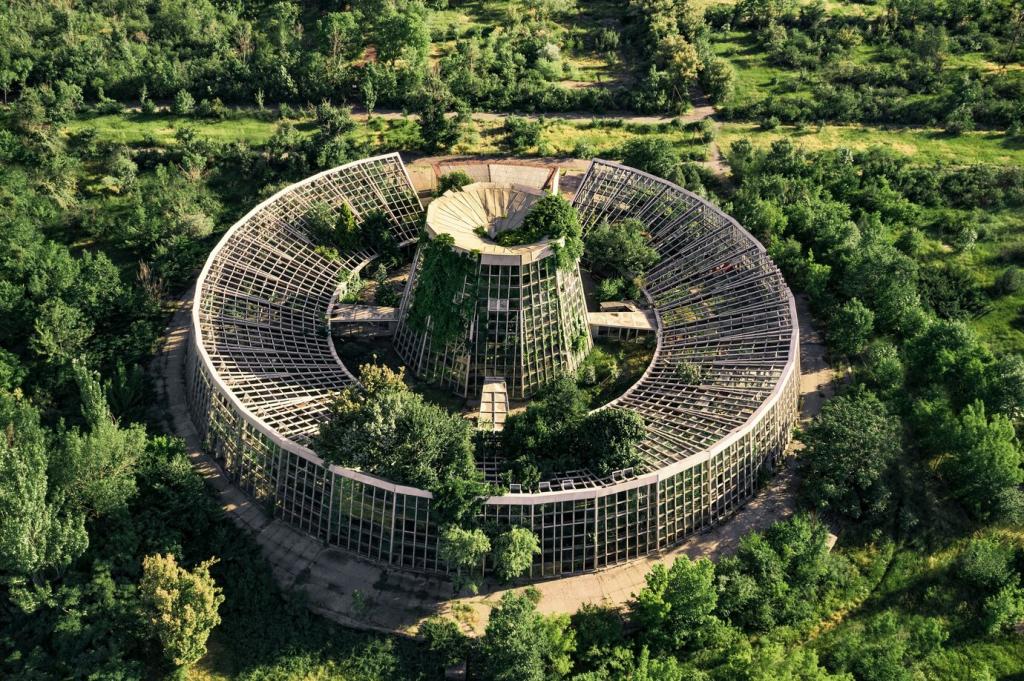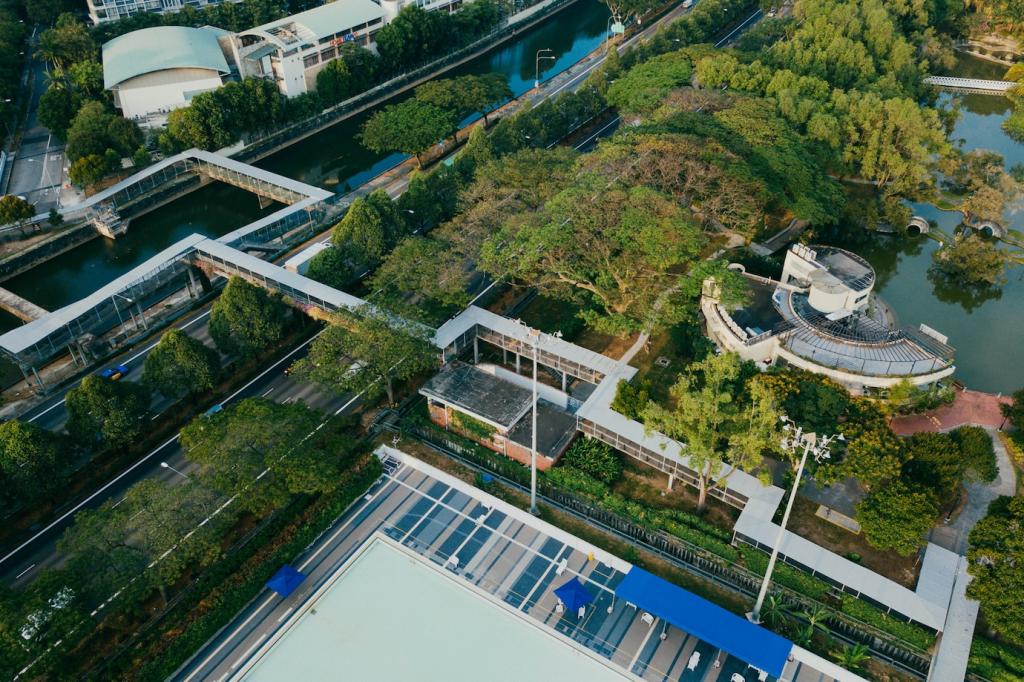
Biophilic Design: Integrating Nature in Urban Spaces
Biophilic design is an innovative approach that seeks to reconnect people with nature in the built environment, particularly in urban areas where natural elements are often lacking. As cities grow, the disconnection from green spaces and natural features can negatively impact well-being, productivity, and community cohesiveness. Integrating biophilic design principles into urban spaces helps foster environments that not only appeal aesthetically but also provide measurable benefits to mental health, biodiversity, and sustainability. This page explores the essence of biophilic design, its benefits, strategies for integration, and real-world examples illustrating its transformative potential.
Understanding Biophilic Design
The Human-Nature Connection
Humans have evolved in close relationship with the natural world, and our psychological well-being is deeply influenced by our surroundings. Studies show that access to nature reduces stress, improves focus, and enhances mood. The human-nature connection is not just a philosophical notion but a vital component in design strategies that aim to elevate quality of life in dense city environments. By acknowledging and deliberately integrating this connection into urban design, planners and architects can counteract the alienation and fatigue commonly associated with city living, making spaces more nurturing and life-affirming.
Origins and Evolution of Biophilic Design
The concept of biophilia, introduced by biologist E.O. Wilson, laid the foundation for biophilic design as a formal approach in architecture and urban planning. Over the decades, this idea has evolved, incorporating findings from environmental psychology, ecology, and sustainable design. Modern biophilic design addresses not only the visual aspects but also the multisensory and ecological needs of urban dwellers. The evolution of this field is characterized by an increasing awareness of how urbanization impacts health and well-being, prompting designers to seek new methods for embedding nature into the built environment creatively and sustainably.
Key Principles of Biophilic Design
Biophilic design is underpinned by specific principles that guide its application. These include direct connections to natural elements such as sunlight, water, and vegetation, as well as indirect experiences like natural materials, patterns, and colors that evoke a sense of the outdoors. Another principle involves fostering spaces that encourage movement, exploration, and interaction with natural systems. When these principles are skillfully combined, they create environments that support both functional needs and the innate human desire for meaningful engagement with nature.

Previous slide
Next slide
Strategies for Integrating Nature in Urban Design

The creation and enhancement of urban green spaces are foundational strategies for integrating nature into cities. Parks and gardens provide not only visual relief from urban density but also opportunities for recreation, relaxation, and ecological education. Well-designed green spaces can serve as multifunctional hubs that support biodiversity, regulate climate, and strengthen neighborhood bonds. By prioritizing access to these areas and ensuring their inclusivity, urban planners empower all residents to benefit from the restorative power of nature.
